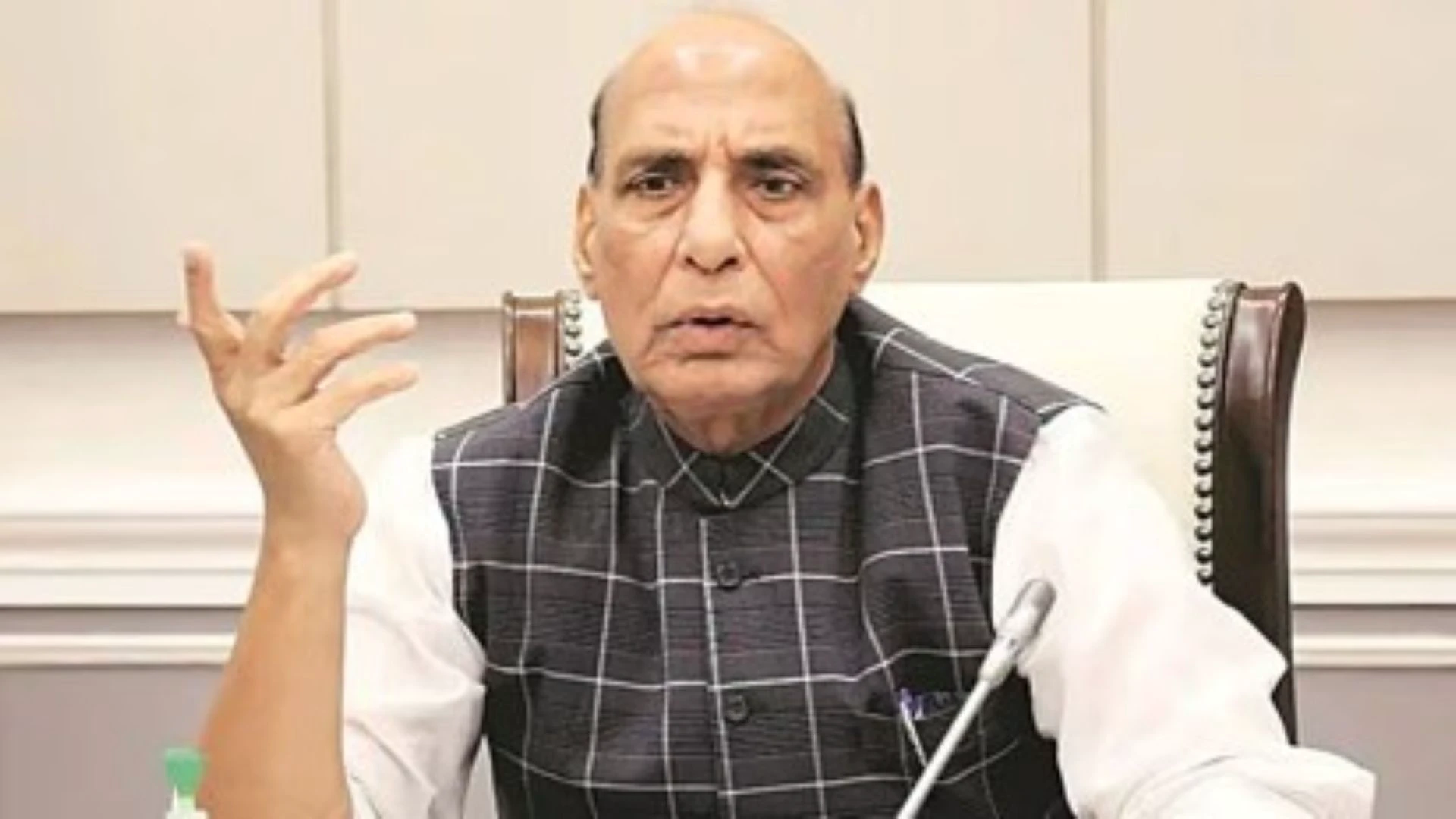Party insiders claim that Rajnath Singh is emerging as a consensus choice to restore internal stability.
New Delhi: Senior BJP leaders have indicated that Defence Minister Rajnath Singh, one of Prime Minister Narendra Modi’s most trusted colleagues, could be brought back as the party’s national president.
Party insiders stated that internal conversations on this subject have advanced in recent weeks, with Singh emerging as a consensus choice — respected by Modi, trusted by the RSS, liked by senior leaders across factions, and non-threatening to any emerging power centres.
A Thakur by caste, Singh previously served as BJP president during 2005- 2009 and again from 2013 until early 2014. In his second term, he formally proposed Narendra Modi’s name as Chairman of the BJP Election Campaign Committee (in effect, the party’s prime ministerial candidate) in June 2013 in Goa.
That announcement, made amid deep internal divisions, is now widely acknowledged as a turning point in the BJP’s national rise. Leaders such as L.K. Advani and Murli Manohar Joshi had opposed the move, but Singh pushed it through after sustained backchannel coordination with the RSS.
The party is now in a different phase, but similar dynamics are at play. With the BJP entering a coalition government under NDA 3.0, there is an organisational imperative to stabilise and recenter. According to BJP sources, Singh is being seen as a transitional figure who can manage the party structure without triggering new factional churn.
‘There is no resistance to Rajnath’s name. He is not looking for a post, which is exactly why everyone is comfortable with him,’ a party insider said, while stating that no final confirmation has been arrived at yet — indicating there are other names in contention, as has been widely reported in the media over the past few years.
With the BJP’s sustained outreach to non-forward castes in recent years, Singh’s appointment would serve as a reassuring signal to the forward caste community, which has repeatedly expressed discontent over being sidelined in the party’s broader strategy.
If Singh moves to the position of party president, this would also lead to a significant Cabinet reshuffle, as has been indicated by this newspaper earlier.
Singh, now 74, remains under the Sangh’s informal retirement threshold of 75. His ability to work with all factions — including the Modi-Shah core team, the Yogi Adityanath camp, and residual senior leaders — is a key asset. His current role as Defence Minister in the NDA 3.0 Cabinet, along with earlier stints as UP Chief Minister and Union Agriculture and Home Minister, add to his institutional profile.
BJP insiders also point to his comfort level with allies — particularly Nitish Kumar’s JD(U), Chirag Paswan’s LJP, TDP’s Chandrababu Naidu, and Eknath Shinde’s Shiv Sena — as a stabilising factor at a time when NDA cohesion is under strain.
He is also known as someone who maintains cordial and warm relations with leaders in the opposition — a trait not many in the current BJP leadership can claim.
The incumbent, J.P. Nadda, has been leading the party for more than five years.
If chosen, Singh’s return would mark a rare third stint as BJP national president and would signal a deliberate return to organisational discipline, Sangh coordination, and internal stability — three themes the party is prioritising as it enters a more competitive political cycle.
An active participant in Sangh activities from a young age, he later became involved with the Akhil Bharatiya Vidyarthi Parishad (ABVP), the RSS’s student wing, during his college years. Singh’s rise in public life — from a physics lecturer to an organiser in the Bharatiya Jana Sangh and then a senior BJP leader — was shaped by sustained ideological training and support from the RSS.
